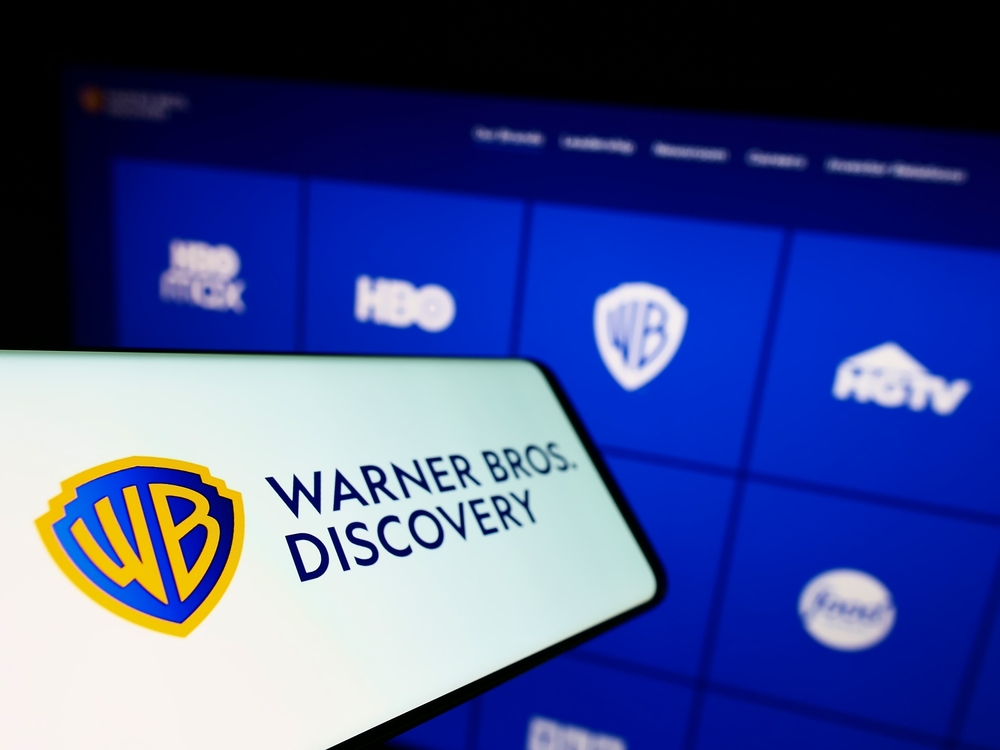
It’s Wednesday, which means it’s time for me to examine stocks that have hit 52-week highs and lows.
In a slight change of pace, I identified two stocks that hit 52-week lows and 2-year lows on Tuesday: Warner Bros. Discovery (WBD) and Gogo (GOGO).
As you can see below, WBD hit its 35th 52-week low on Tuesday, while GOGO hit its 32nd. Coincidentally, the two stocks' closing prices were within three cents of each other.
Both stocks also hit 2-year lows yesterday. WBD hit its 32nd, while GOGO hit its 43rd.
I’m not going to lie; the two companies aren’t problem-free, far from it. However, I thought it would be interesting to consider which I would buy if I had to buy one.
Here’s my answer.
David Zaslav and John Malone Created This Mess
Warner Bros. Discovery recently lost out on renewing its NBA broadcast deal as the pro basketball league renewed its television broadcast deals with ESPN. Amazon's (AMZN) Prime Video is also entering a new agreement with NBC Universal.
Because TNT Network has been left on the outside looking in, it has filed suit against the NBA. It’s never a good idea to sue the person or partner you’re trying to do business with. It usually doesn’t end well.
Due to this loss and other impairments at its legacy television assets, it was forced to take a $9.1 billion non-cash goodwill impairment charge in Q2 2024.
“WBD also recorded a $2.1 billion pre-tax acquisition-related amortization of intangibles, a content fair value increase and restructuring charges. Adjusted EBITDA, another profitability metric, came to $1.79 billion,” The Hollywood Reporter reported on Aug. 7.
Warner Bros. Discovery lost $9.98 billion in the second quarter.
The only bright spot in the company’s Q2 2024 report was the 3.7 million increase in direct-to-consumer subscribers -- 170,000 higher than analyst estimates -- thanks to its ad-supported plans and getting its Max streaming service into additional markets. Further, the ad tier provided $240 million in ad revenue in the quarter, nearly double a year ago and well ahead of analyst estimates.
Now, if these were the results of a CEO who was paid $3 million a year, the shareholder anger would be slightly less vocal. Still, when David Zaslav’s easily been granted over a billion dollars in total compensation over the years while the share price has done squat, it makes you wonder why 12 out of 26 analysts rate it a Buy.
The merger between Discovery and Warner Media has been a complete failure.
To date, Zaslav’s actions, backed by John Malone, a WBD board member and owner of 19.08 million shares—Malone recruited Zaslav in 2006 to run Discovery Communications—have destroyed over $40 billion in shareholder value.
Gogo’s a Much Smaller Company
Over the past two years, the provider of in-flight wireless connectivity has lost over 58% of its market value, compared to a 48% loss for WBD stock.
Gogo is an excellent company that provides exceptional service. Yet it just doesn’t seem to be able to consistently deliver to shareholders. While its stock is up 66% over the past five years, it traded as high as $23.96 in April 2022 and over $32 in December 2013.
Part of the problem for its stock woes is that it hasn’t grown its revenues over the past decade. In 2013, its revenue was $328 million. In 2023, it was $397.6 million.
The big difference is that it has grown its operating profits over the same period. In 2013, it finished the year with a $45 million loss. In 2023, its operating profit was $124 million, an operating margin of 31.2%. Over the past five years, its operating margin averaged 32.4%. In the trailing 12 months ended June 30, it was 28.5%, which explains some of the deterioration in its stock price.
However, when you consider that GOGO’s free cash flow is expected to reach $150 million in 2025, up from $45 million based on the midpoint of its 2024 guidance, you’re looking at a company whose shares are potentially mispriced.
In March, I discussed the company’s unusual options activity. I had looked at its Aug. 16 $10 call, which expires on Friday. The Vol/OI ratio was 174.36, the highest of the top 100.
“With an ask price of $1.35, it was a down payment of 13.5%. While that’s high, it’s still not a big deal in the grand scheme. If these products gain traction through the summer, I don’t have any doubt their share price will be in double digits,” I wrote on March 14.
“How far? We’ll find out, but the risk/reward proposition is fair.”
In hindsight, I know this didn’t happen. The new products to drive higher revenue are expected to launch later this year and into 2025. As a result, the ask price has fallen to $0.05, resulting in a $135 loss per contract.
Looking out to February, the same $10 strike currently has an ask price of $0.50, a down payment of 5%, a more reasonable amount.
Both are troubled businesses, just in different ways. If I had to buy one, I’d probably go with WBD because it has the greater upside potential. That said, I’d use options to limit my risk.
On the date of publication, Will Ashworth did not have (either directly or indirectly) positions in any of the securities mentioned in this article. All information and data in this article is solely for informational purposes. For more information please view the Barchart Disclosure Policy here.







